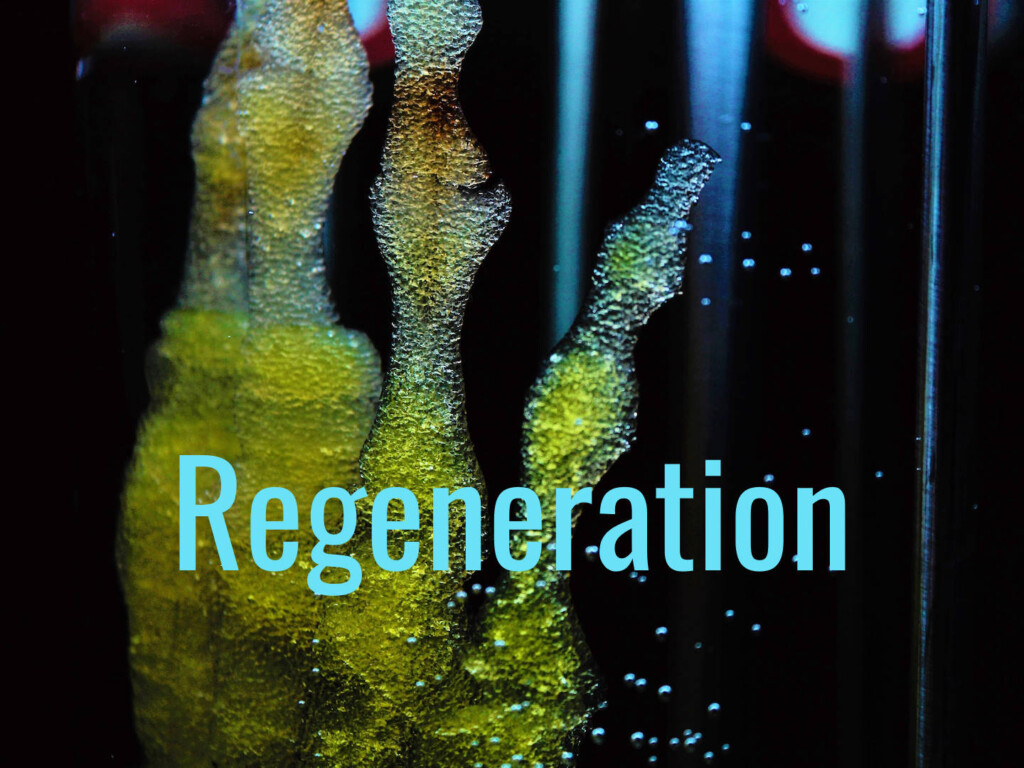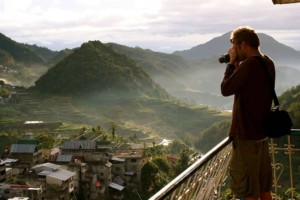Regenerative tourism’s myths and realities

Regenerative tourism is great for destinations that choose to focus on it, and for the few who can afford it. But what about the rest of us?
It’s a “Good Tourism” Insight by Jim Butcher.
[You too can write a “GT” Insight.]
‘Regenerative’ is the latest ethical prefix to accompany ‘tourism’, following a well-worn path from ‘eco’, ‘sustainable’, ‘green’, ‘community’, ‘responsible’ et cetera.
‘Regenerative tourism’ has been defined as tourism that develops within environmental limits, and plays a role not only in conserving, but also in improving, or regenerating, the environment.
Contents
From regenerative agriculture to regenerative tourism
The regenerative movement started in agriculture. The ecosystems that regenerative agriculture seeks to regenerate are simultaneously often beautiful places that people love to visit, hence the link to tourism.
Many ‘agritourism’ products involve enjoying natural heritage, outdoor adventure, the beauty of the countryside, and fine locally-produced food.
Regenerative tourism is also associated with lots of nice sounding things such as sustainability, inclusivity, and community. It is the ‘mom’s apple pie’ of tourism.
Don’t miss the “Good Tourism” Insight Bites compilation ‘Really, what’s the difference? ‘Sustainable tourism’ vs ‘regenerative tourism’’
Regenerative policy
Regenerative tourism offers policy choices to rural communities. Regions can attract tourism through their association with distinctive, high-quality, locally-sourced cuisine. Such tourism can be developed with local food production systems in mind. Tourism planning can be integrated with policy for conservation and environmental management.
Agritourism is a growing area relevant to the regenerative outlook.
Regenerative philosophy
But some see it as more than policy.
For regenerative advocate Dianne Dredge, regenerative tourism involves a “huge transformational shift in our social-ecological consciousness”, and an “ontological shift in the way we understand, approach and act with respect to travel and tourism”.
Regeneration is a grand moral project to rebalance our relationship with the natural world. Mass tourism is the guilty party.
Michelle Holliday’s The Age of Thrivability: Vital Perspectives and Practices for a Better World reflects a similar view, arguing that society has been guided by a ‘machine story’.
Browse the “GT” search results for “regenerative tourism”
Earthchangers, advocates for regenerative tourism, see this ‘machine story’ applied to tourism as akin to a “conveyor belt of mass movement of people, often driven by national governments’ and tourist boards’ targets”.
This characterisation of industrial development as a ‘machine story’, a conveyor belt of passive consumers, serves to write off economic progress wholesale. The ‘machine story’ is actually a human story involving ingenuity, struggle, and the striving for a better life.
The truth is that if all holidays were to follow the regenerative model, very few of us would be able to afford one. Even if we could — if prices were kept artificially low — supply would be so limited as to preclude almost all of us!
Radical luxury?
Regenerative tourism is seen by some as a radical alternative. The examples of regenerative tourism cited by people making these claims in almost every case involve high-cost, exclusive products. ‘Radicalism’ for the rich, perhaps?
For example, the Playa Viva resort in Mexico is held up as a progressive example of regenerative tourism. Playa Viva is, according to its advertising, a “unique Eco Luxury destination” built on a 200-acre former coconut plantation, where “[y]ou and your loved ones will enjoy the rugged, unspoiled beauty of Mexico in the guilt-free luxury of an environmentally conscious resort dedicated to sustainability and regenerative practices”.
As you might imagine, it’s not cheap.
It is, though, typical. Most regenerative products turn out to be luxury high-end eco breaks, well beyond the means of almost everyone.
Luxury is no bad thing. But to promote expensive eco-holidays as some sort of lesson that all tourism should emulate is bizarre.
Don’t miss the “Good Tourism” Insight by Stefania Fren: ‘From subsistence to something special: The rise of luxury agritourism’
Regenerative hype
Regenerative tourism can involve great products for tourists, and it can be, in its place, a good option. Rural areas may choose low-volume tourism and promote ‘farm-to-fork’ dining and idyllic retreats in line with their democratically chosen development priorities.
But when it is presented as a principle for all tourism, and as a counter to mass tourism, it follows a well-worn anti-mass tourism path.
So, can we enjoy our rural holidays … without the sermons?
For more …
This “Good Tourism” Insight is the executive summary of a longer essay by Dr Jim Butcher at Tourism’s Horizon: Travel for the Millions.
What do you think?
Share your own thoughts about regenerative tourism in a comment below.
(SIGN IN or REGISTER first. After signing in you will need to refresh this page to see the comments section.)
Or write a “GT” Insight or “GT” Insight Bite of your own. The “Good Tourism” Blog welcomes diversity of opinion and perspective about travel & tourism, because travel & tourism is everyone’s business.
“GT” doesn’t judge. “GT” publishes. “GT” is where free thought travels.
If you think the tourism media landscape is better with “GT” in it, then please …
About the author
Jim Butcher is a lecturer, and a writer of a number of books on the sociology and politics of tourism. Dr Butcher blogs at Politics of Tourism, tweets at @jimbutcher2, and is the founder of Tourism’s Horizon: Travel for the Millions.
Featured image (top of post)
‘Regenerative Reliquary’ stem cell image by Monika Robak (CC0) via Pixabay. “GT” added the word “Regeneration”.






